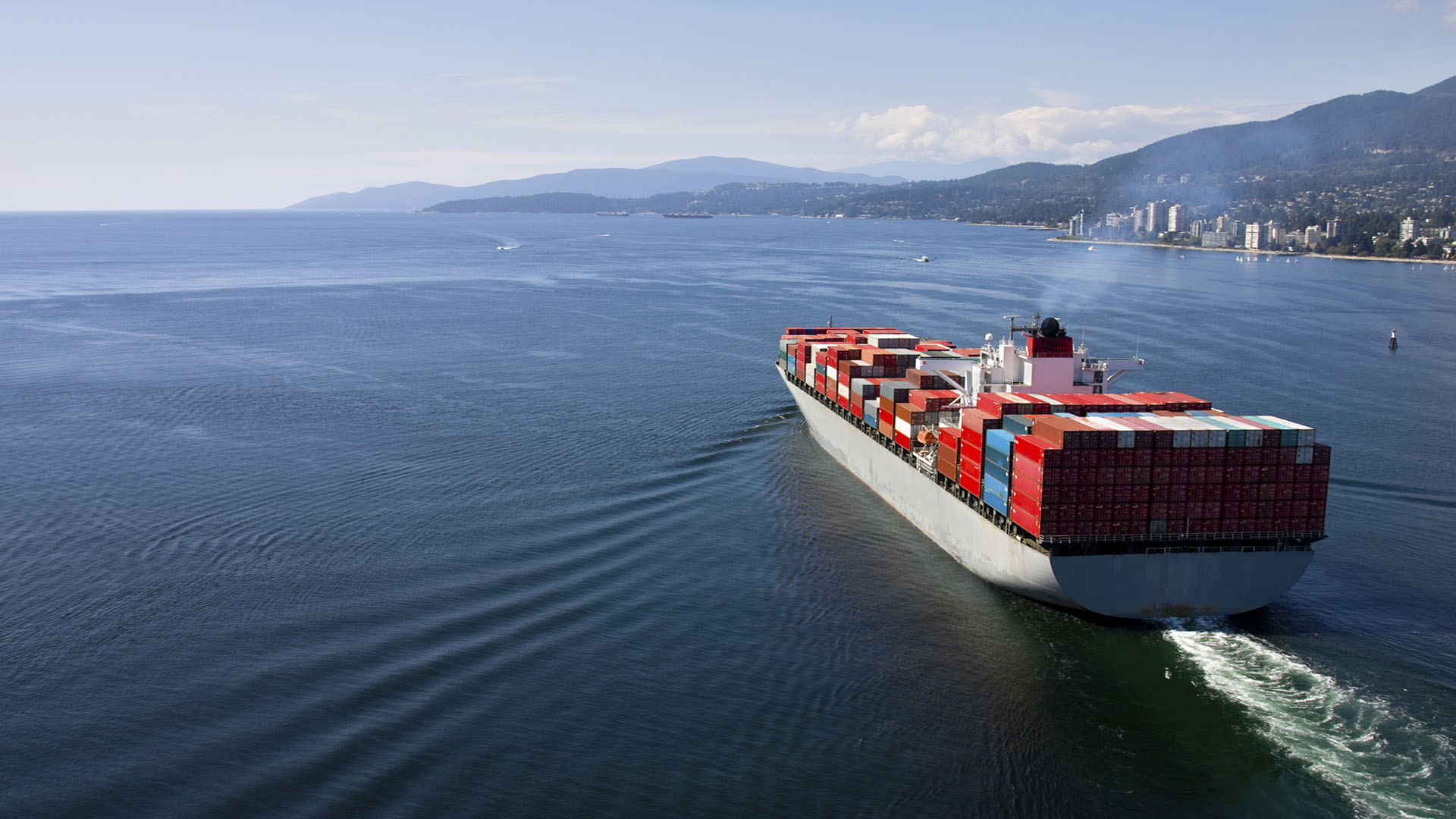
New report from The Swedish Club makes light work of heavy weather
Modern weather routing techniques have made facing heavy weather considerably less hazardous for the modern mariner than for his forbears. However such techniques are not a panacea and a new report from The Swedish Club published today, Heavy Weather, offers guidance on how to avoid the many problems associated with heavy weather conditions.
The Club explains how, with the correct preparation and procedures, a vessel can minimize the effects of sailing through heavy weather. The advice is backed up by case studies, which clearly demonstrate that the best prevention against heavy weather casualties is to plan the route properly and to reduce speed and alter course as required.
Statistics show that that Heavy Lift, Container and RoRo vessels are at the highest risk of suffering hull damage when sailing through adverse weather conditions, with the majority of all H&M heavy weather claims occurring in the Atlantic and Pacific oceans. On the other hand, most cargo claims occur on Container vessels. RoRo vessels are of particular interest as heavy weather claims cover both damage to cargo, but also hull damage associated with incorrectly secured cargo.
Lars Malm, Director, Strategic Business Development & Client Relationship, who commissioned the report says: “This is a problem that affects not only the P&I side of our business but also our H&M claims handling. Typical claims include damage to/loss of cargo, structural damage to a vessel, or damage to machinery and equipment. These can result from poorly secured cargo hatches, improperly secured heavy cargo, and the phenomenon of parametric rolling — an instability inherent in some new hull forms.”
Yet as Mr Malm explains, “Warnings about the development of a hurricane or other serious weather phenomenon are usually available many days before. The key is how this information is being used and what preventive measures are being taken. We see examples of the crew not managing to avoid the heavy weather, not slowing down or altering course to avoid large waves pounding the vessel.”
And ports do not always offer a place of safety. “Ironically we have also dealt with cases of damage that can be caused if the vessel stays in port when heavy weather is approaching,” he adds. “There can be damage not only to the vessel itself but also to other vessels and facilities, in addition to an increasing risk of running aground.”
The Swedish Club offers useful checklists within Heavy Weather which cover the importance of adhering to the cargo-securing manual, guidance on course and speed, and managing ballast conditions in the vessel. However, as Mr Malm adds: “The best preventive measure any vessel can take against heavy weather damage is to slow down and to alter to a more favourable course.”
Heavy Weather is the latest in The Club’s series of Loss Prevention publications. For a copy please visit the Brochures page in the Publications section on this website.
The Swedish Club was founded in 1872 and is today a leading and diversified mutual marine insurance company, owned and controlled by its members. The Club writes Protection & Indemnity, Freight, Demurrage & Defence, Hull & Machinery, Hull Interests, Loss of Hire, War Risks, and any additional insurances required by shipowners or charterers. It also writes Hull & Machinery, War risks and Loss of Hire for Mobile Offshore Units and FPSOs. Its head office is located in Gothenburg, Sweden, with branch offices in Piraeus, Hong Kong, Tokyo and Oslo.
Website: www.swedishclub.com